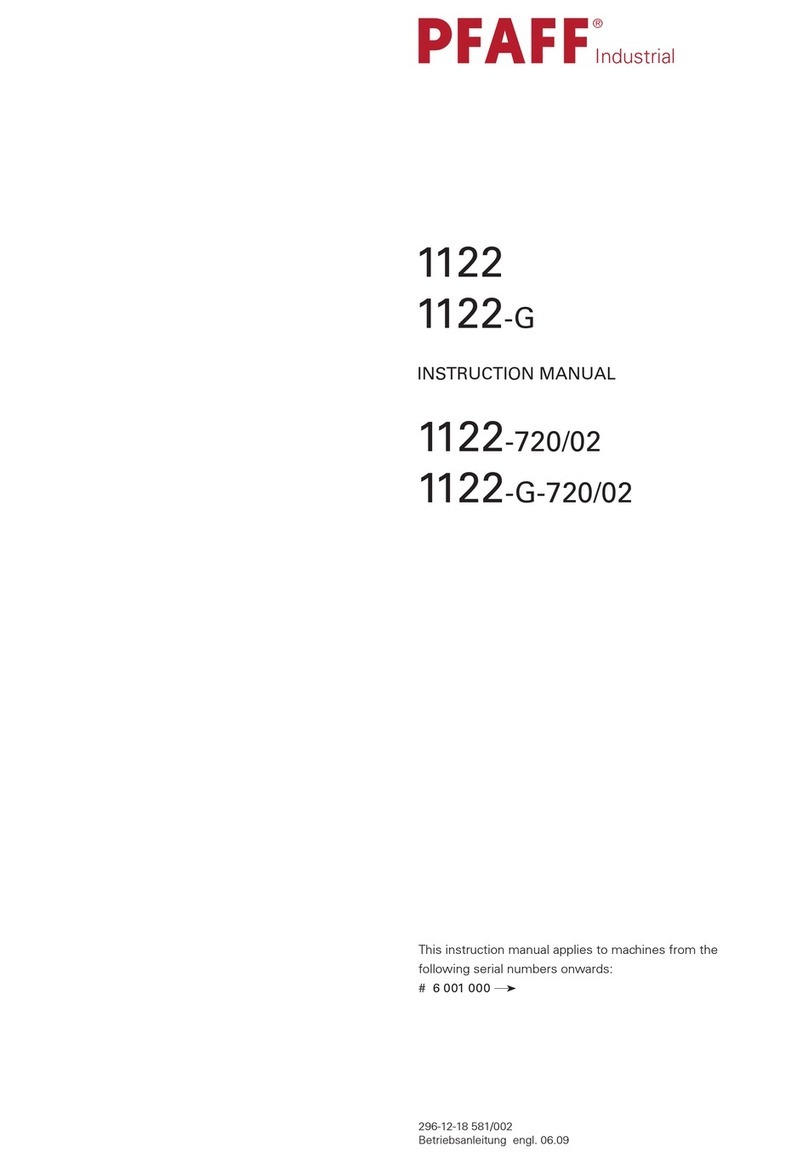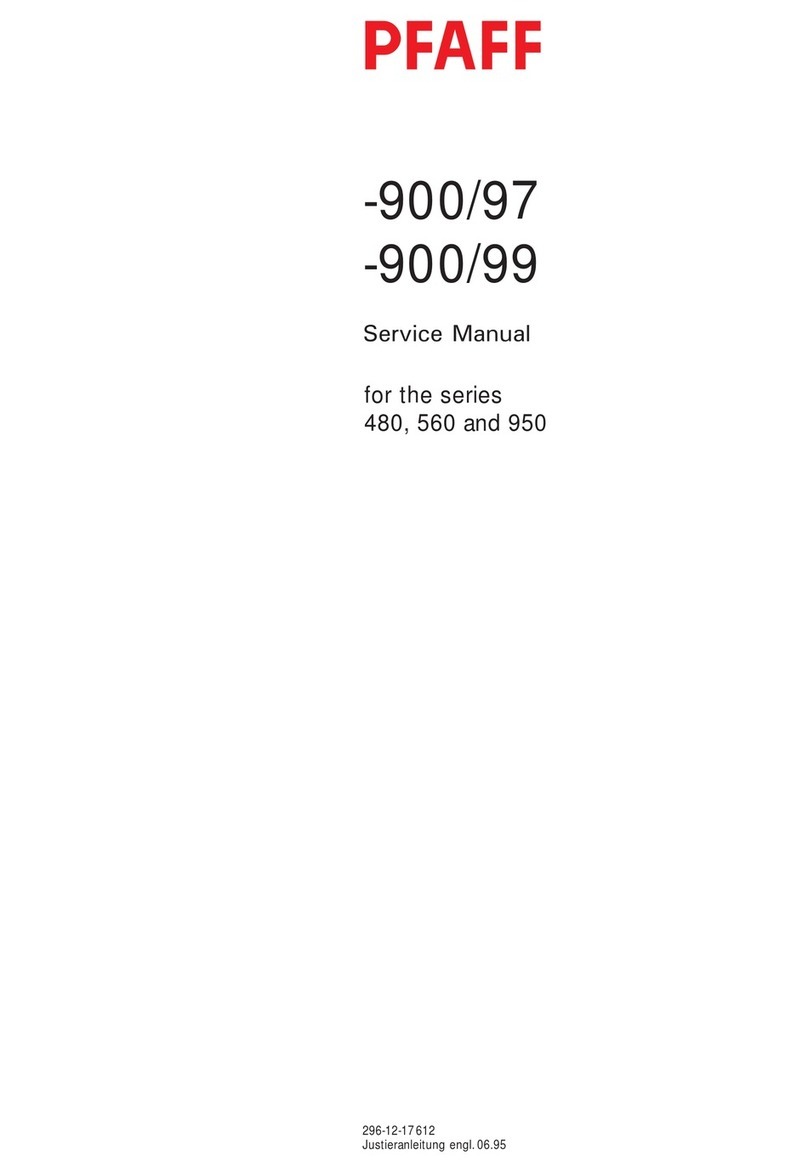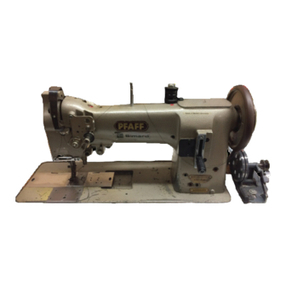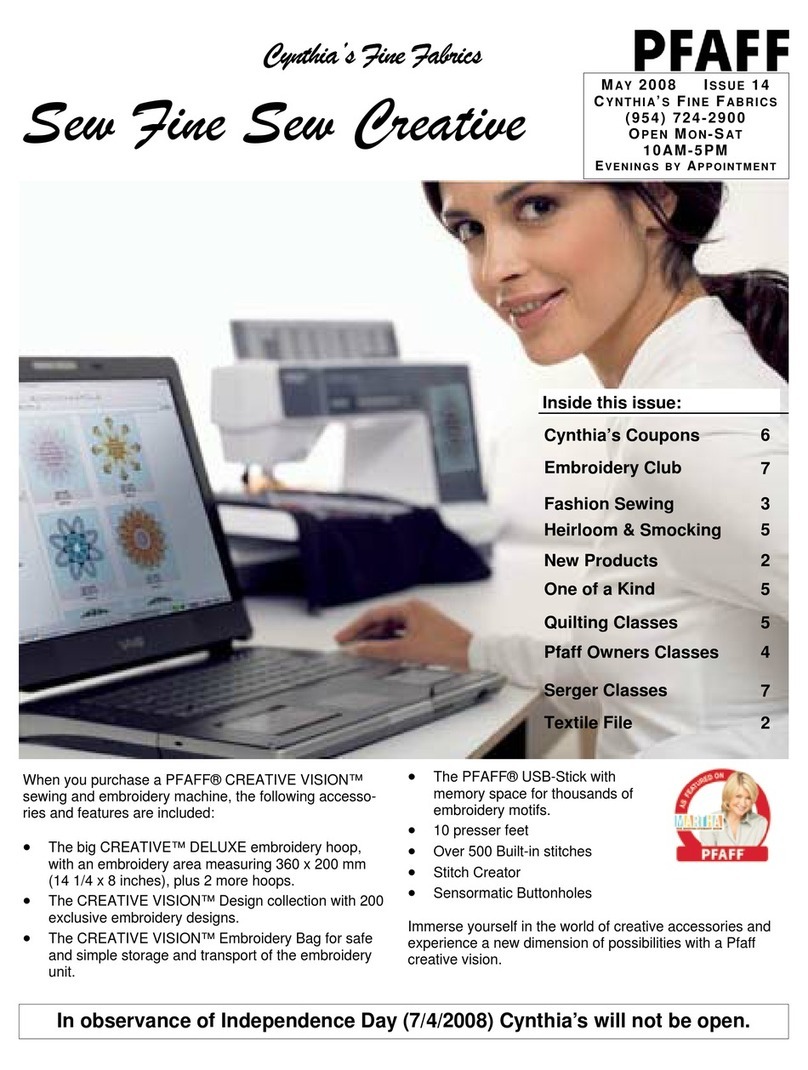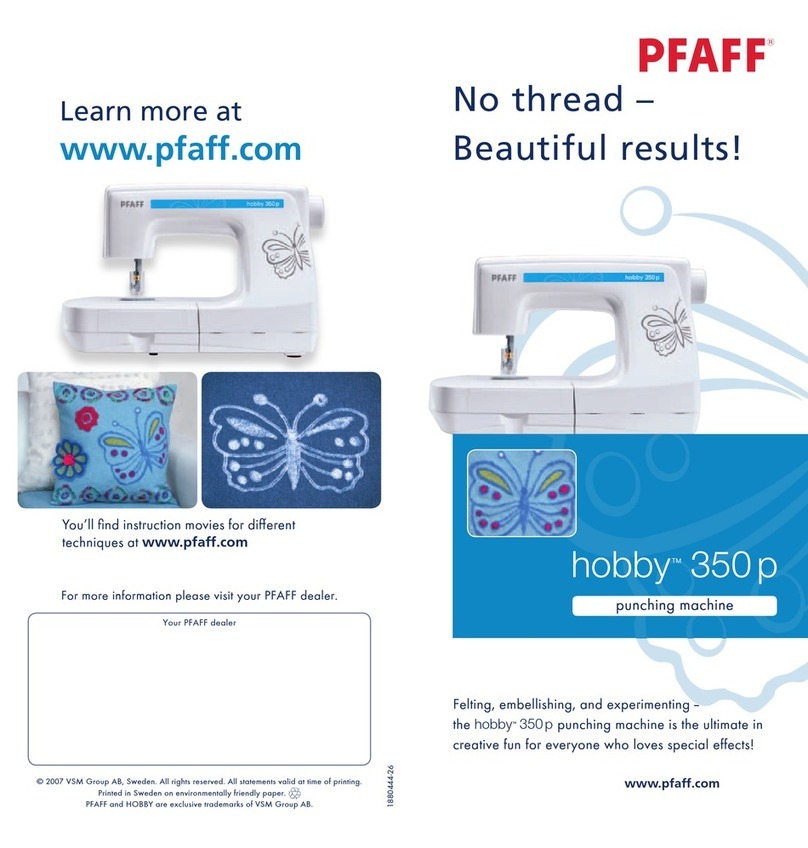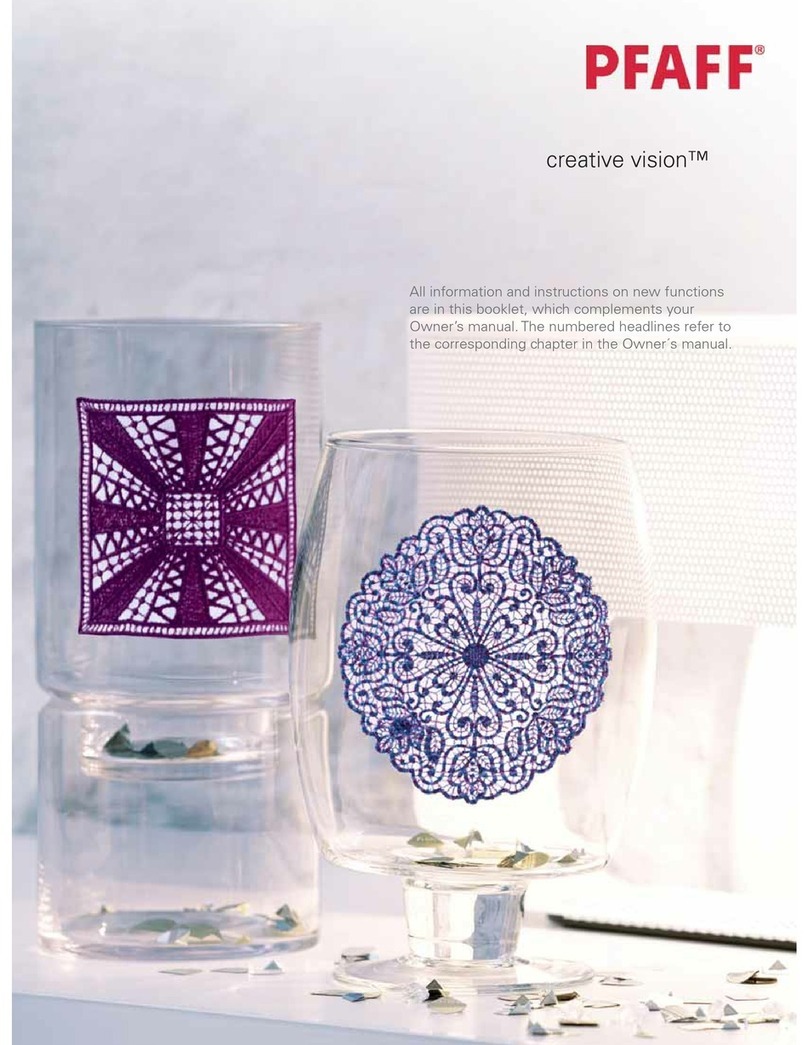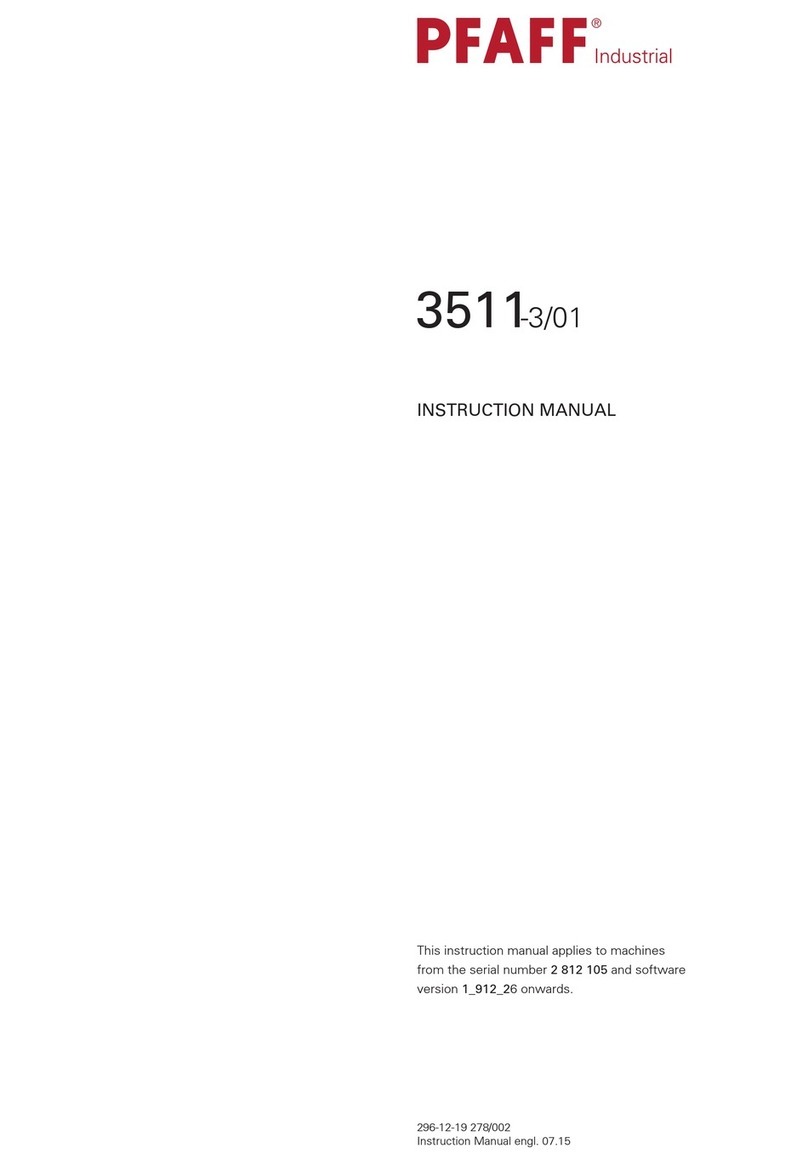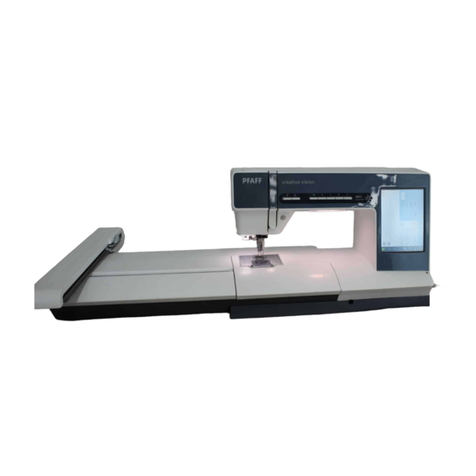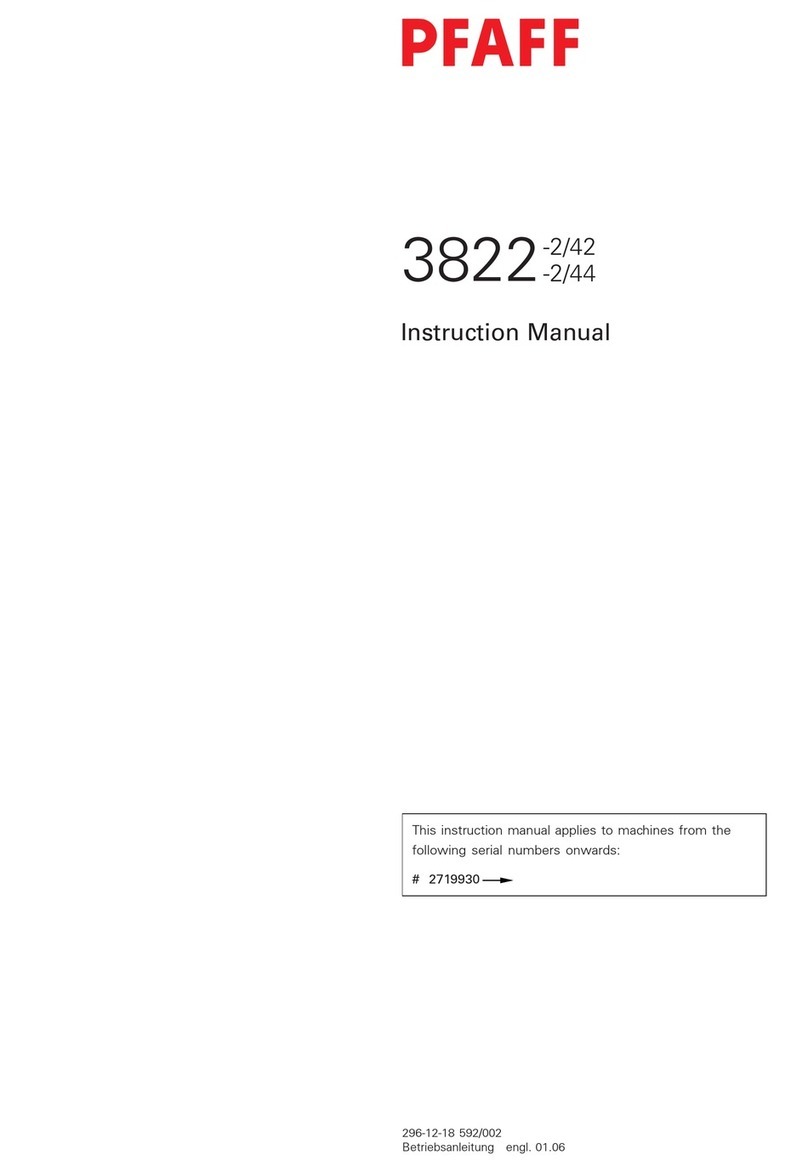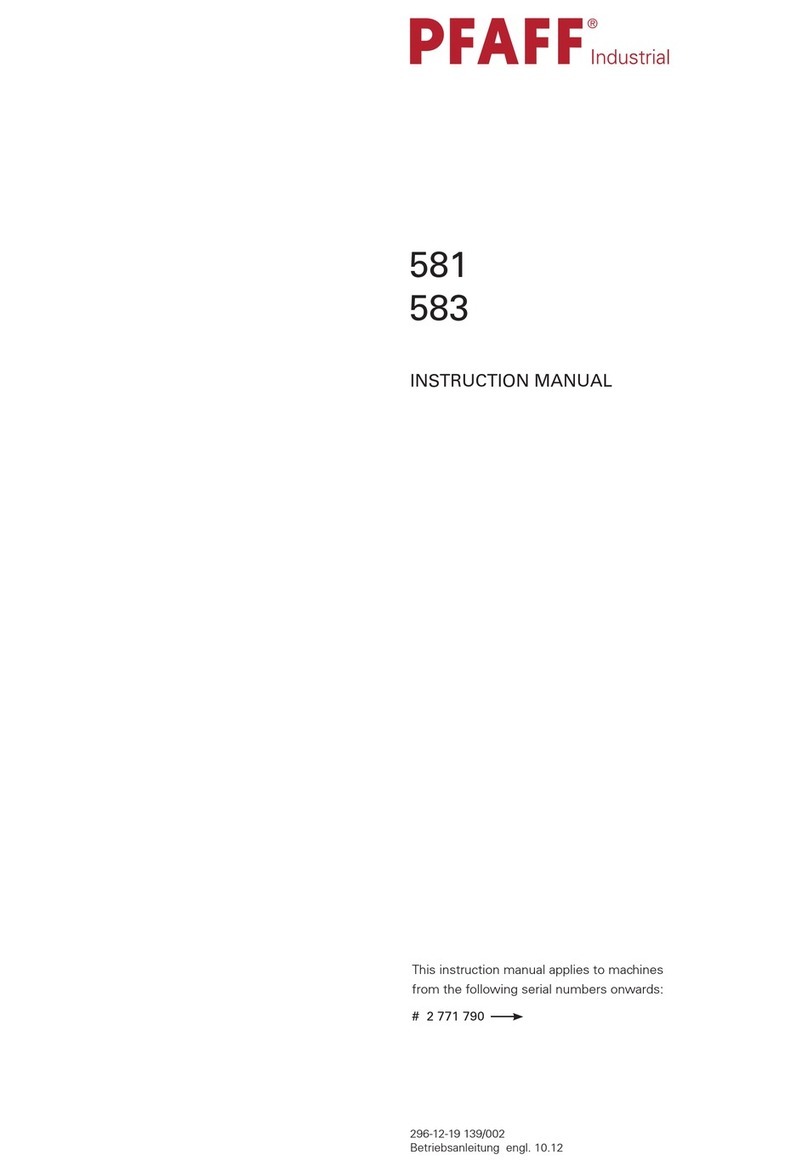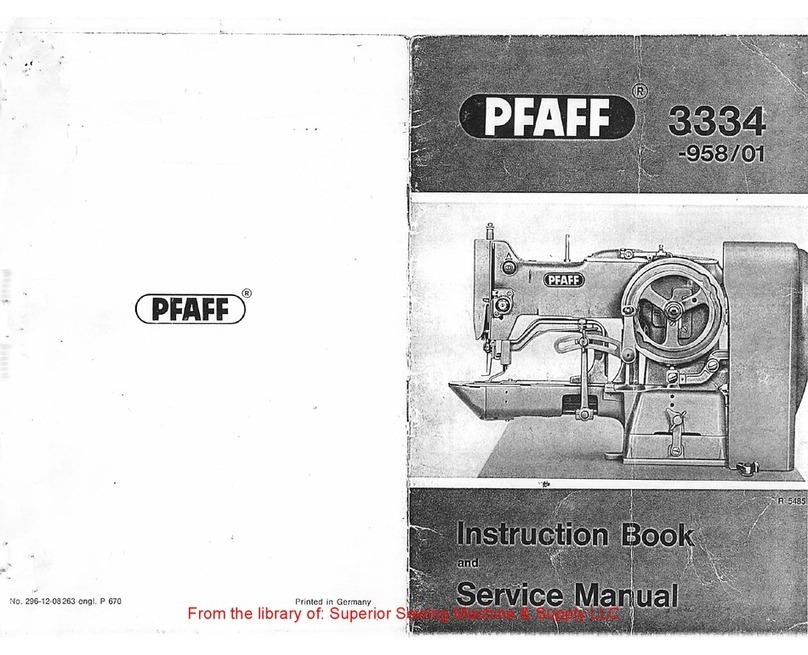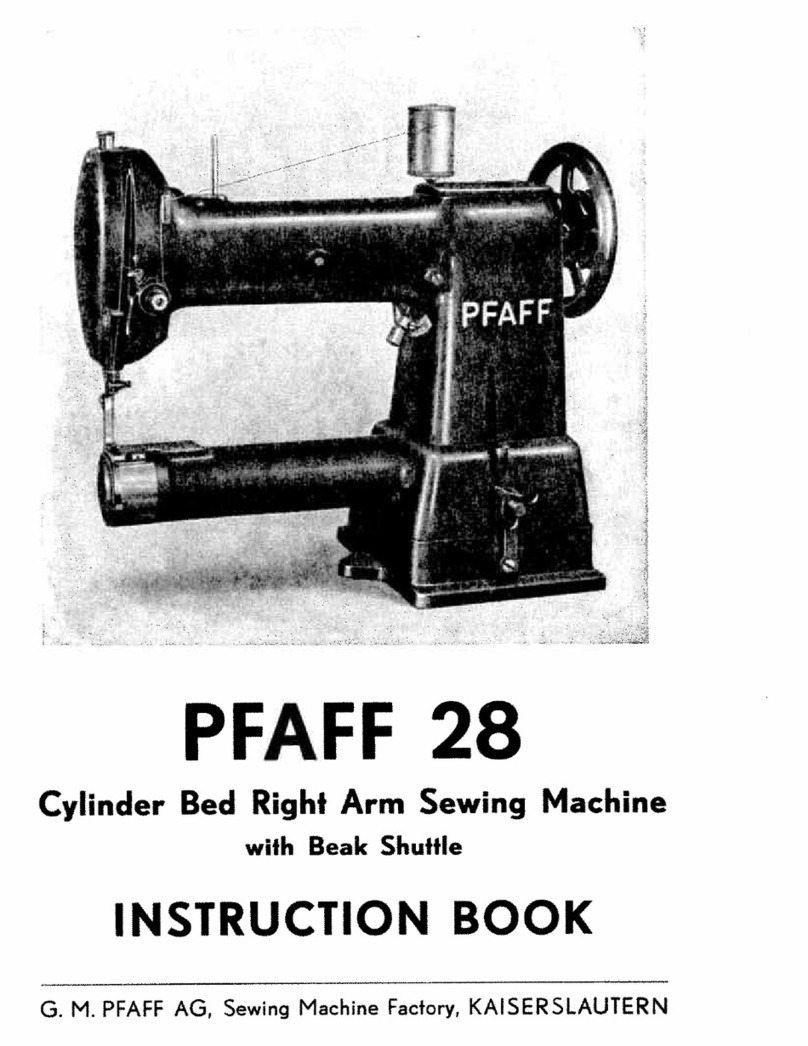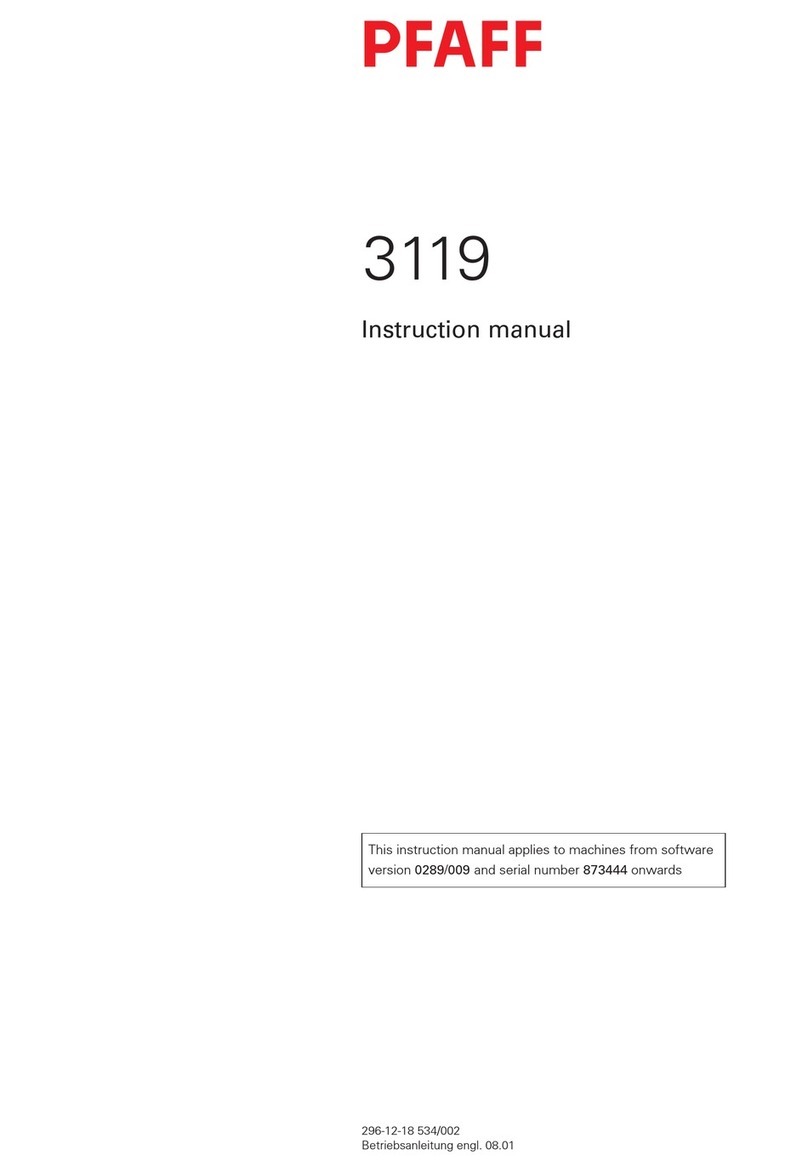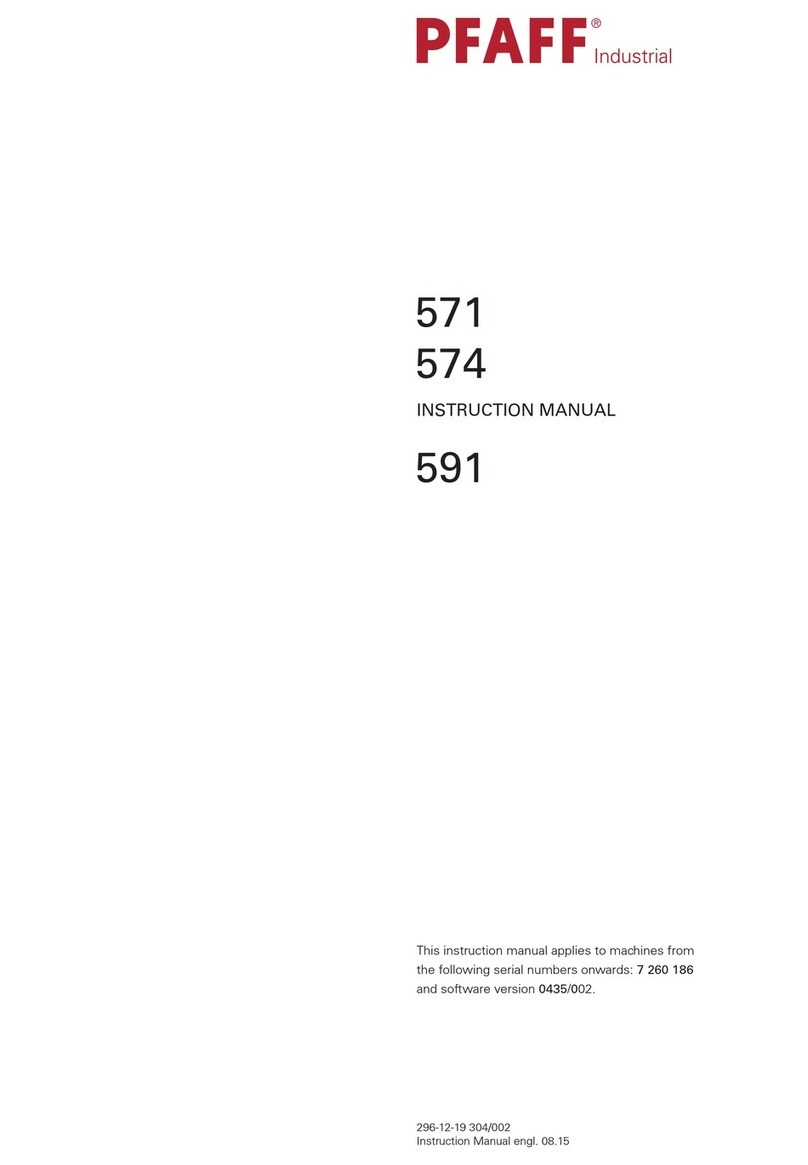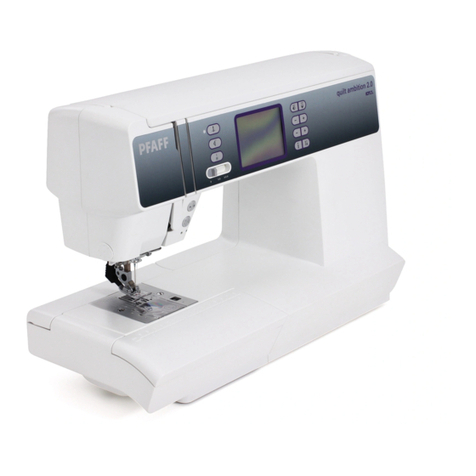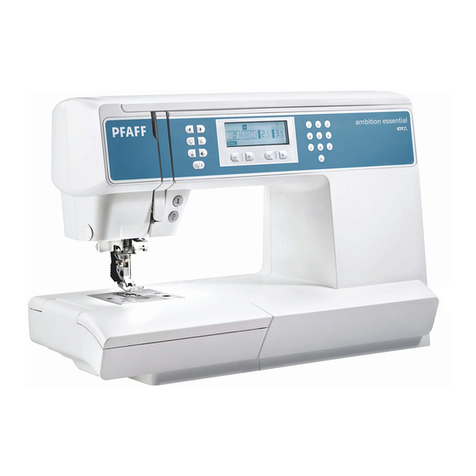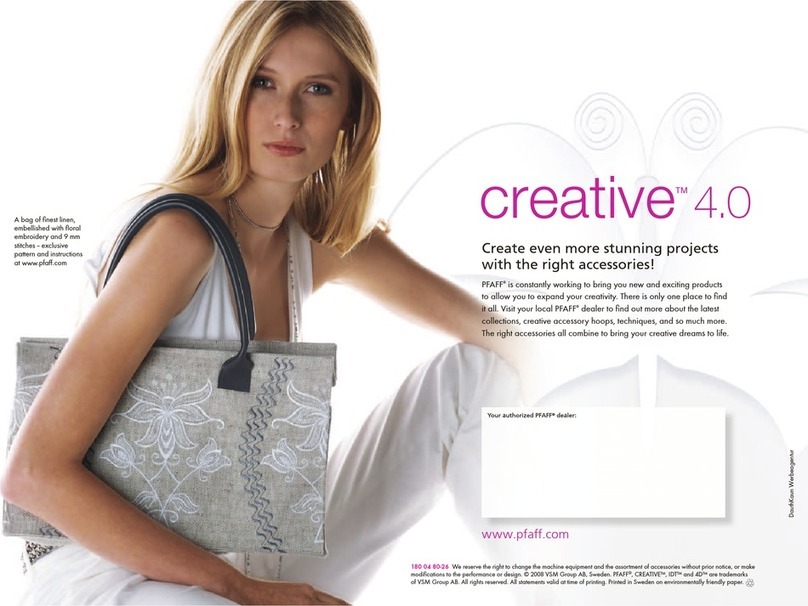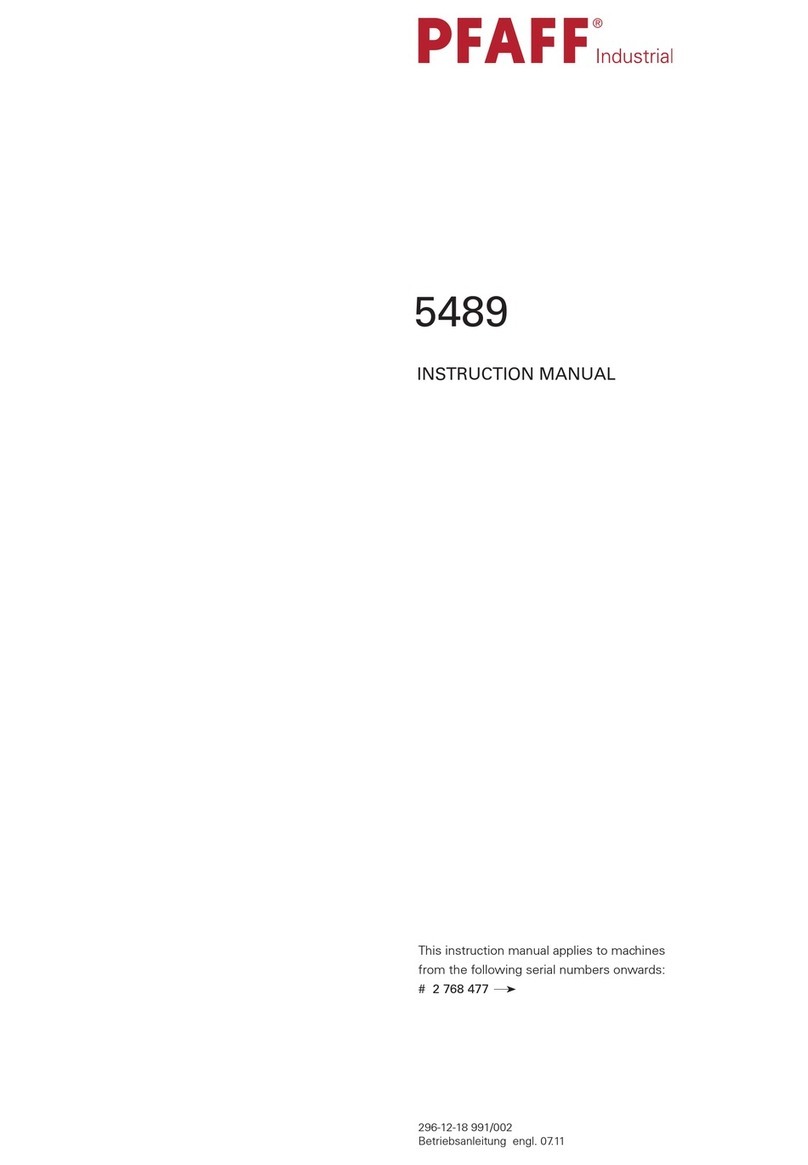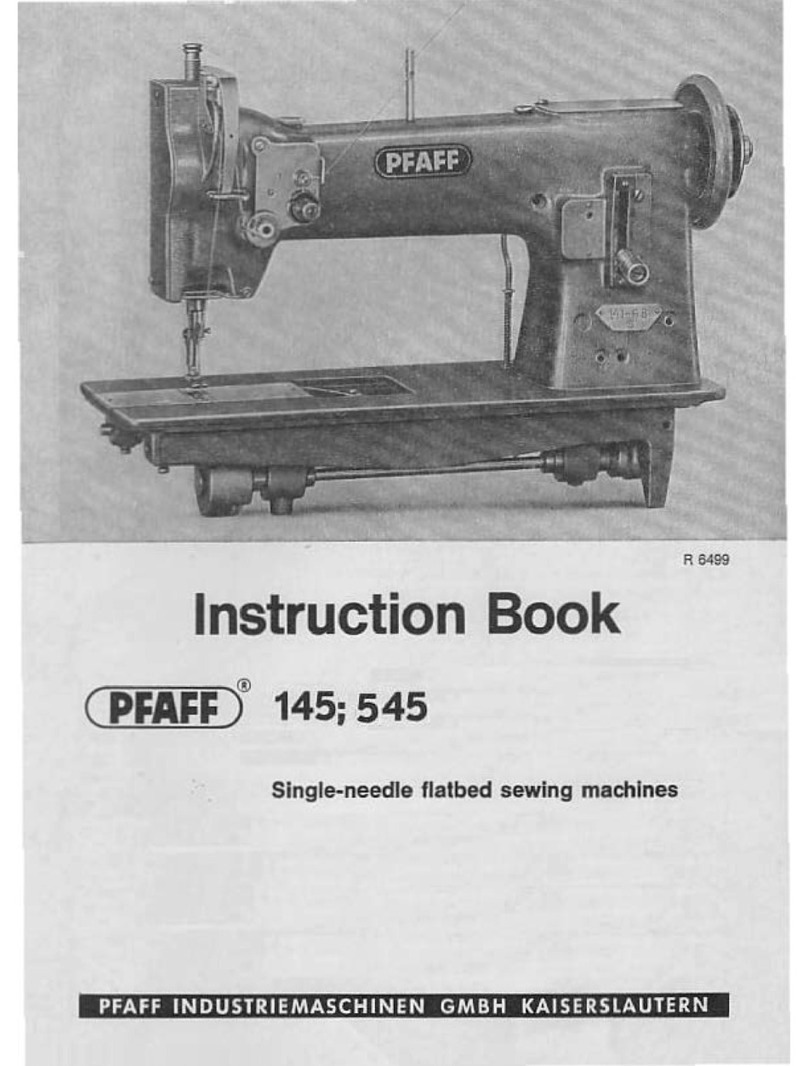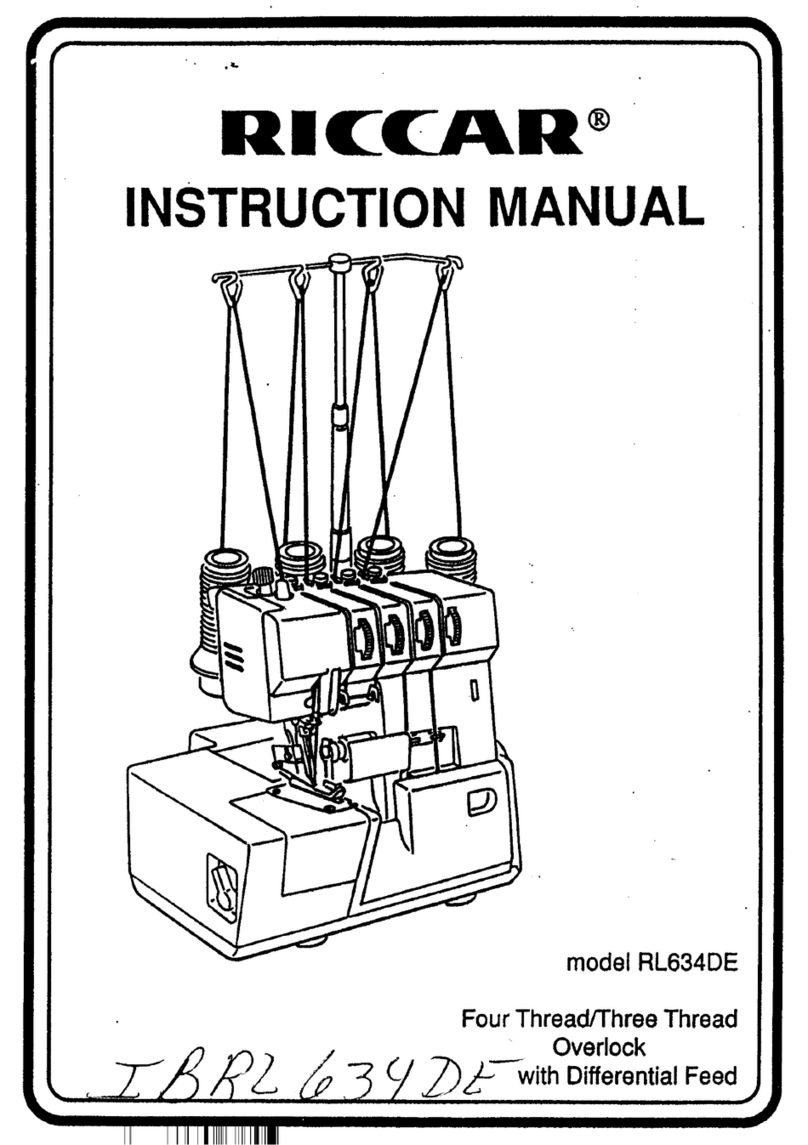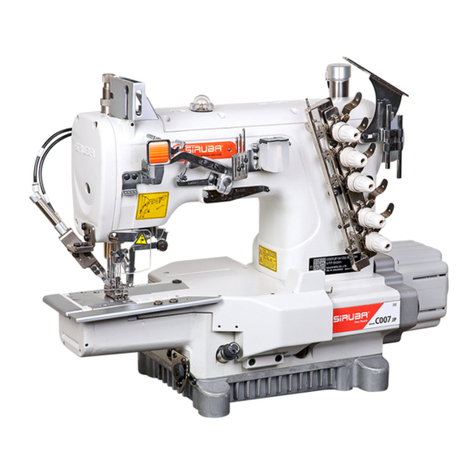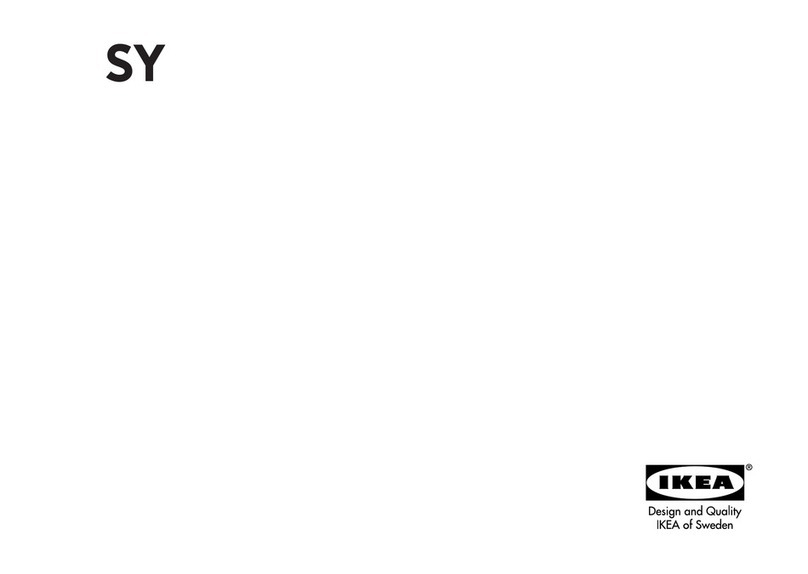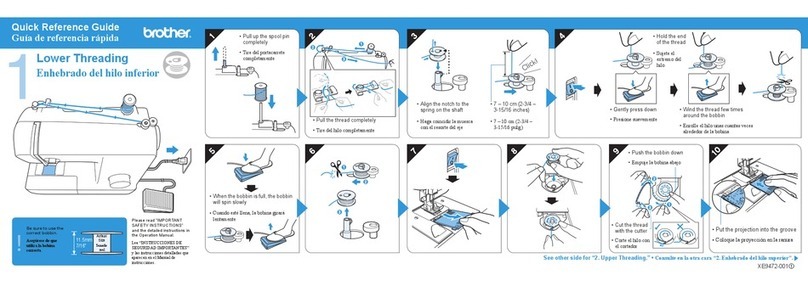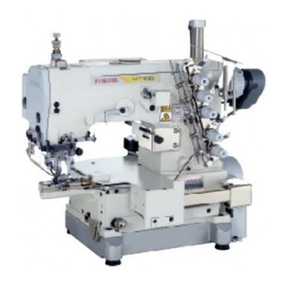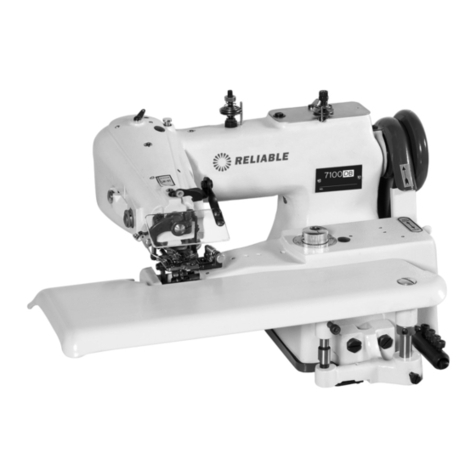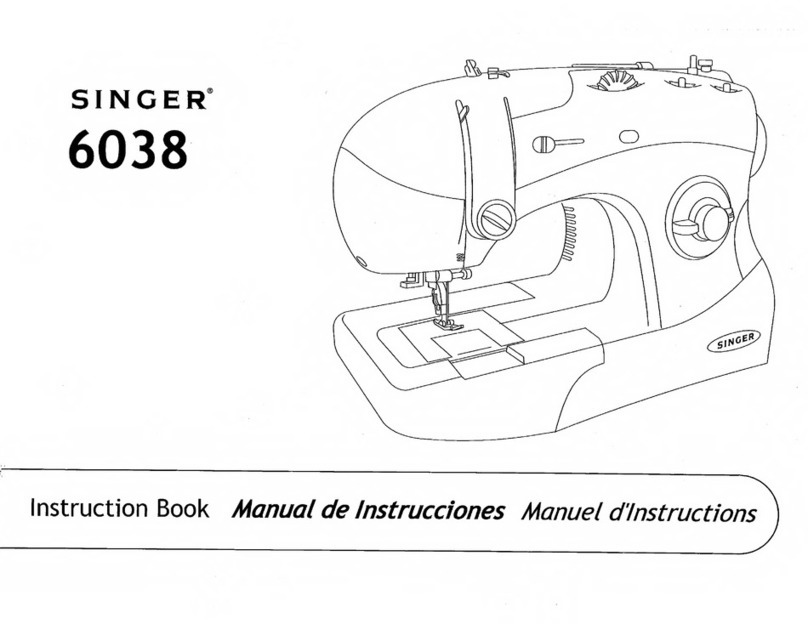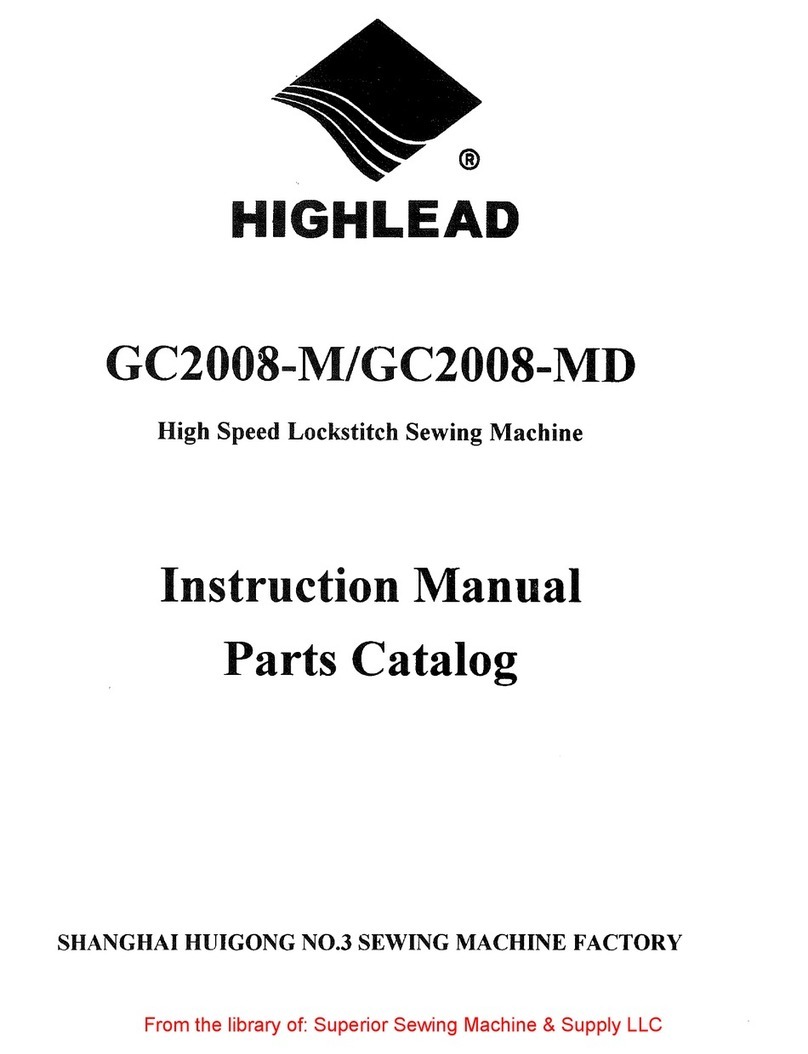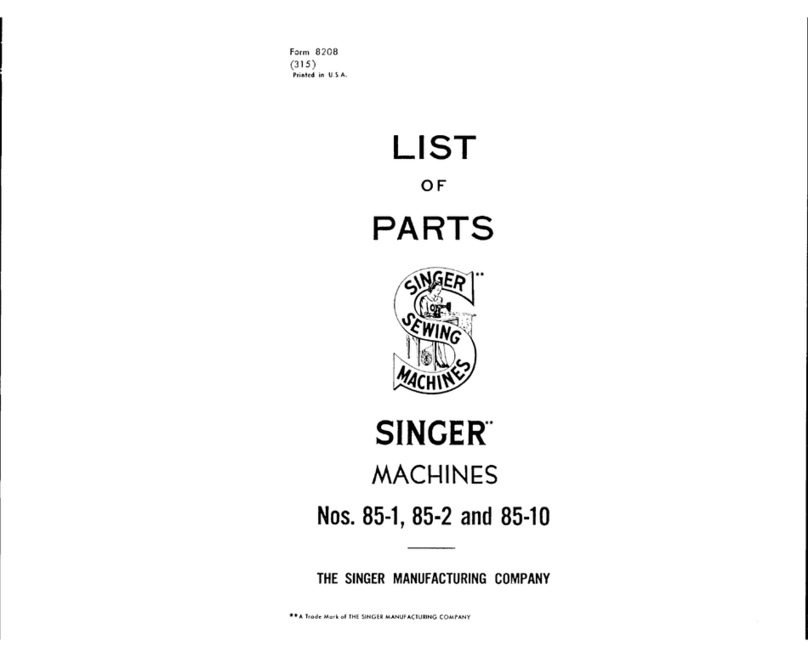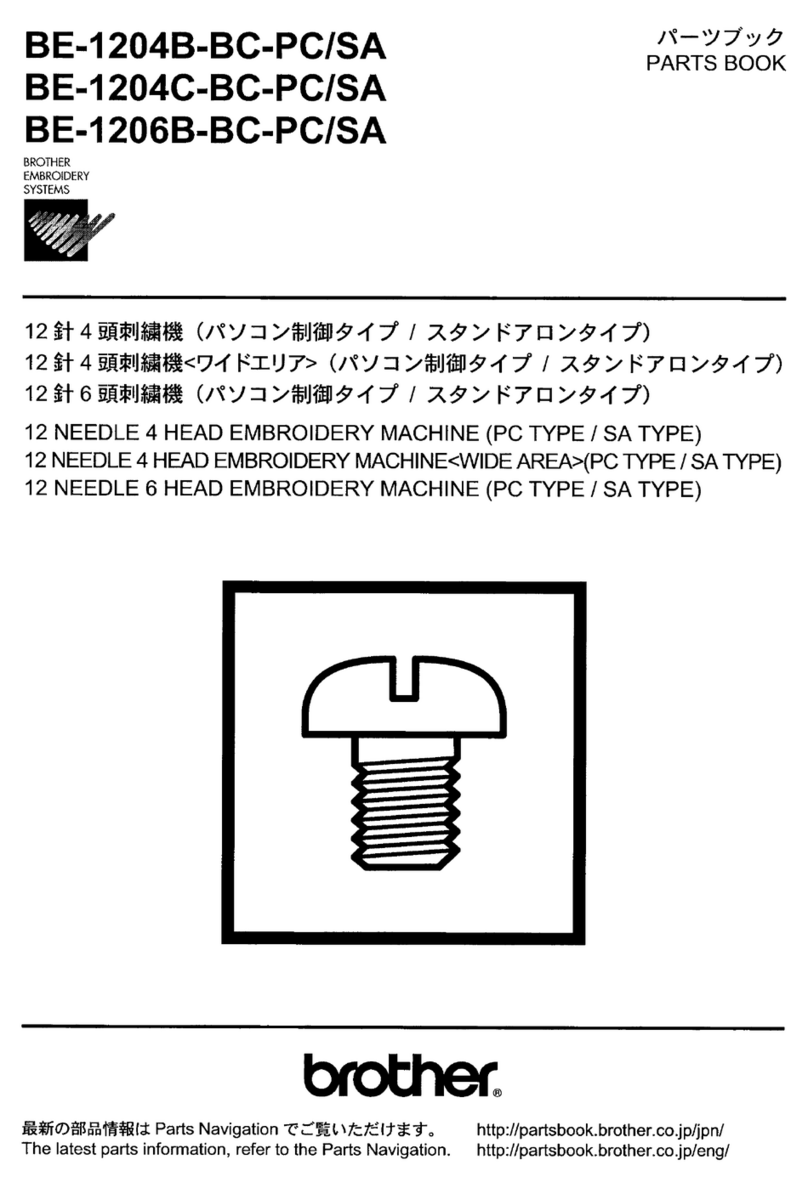Safety
Contents ...............................................................................Chapter - Page
1Safety ........................................................................................................................ 1 -1
1.01 Regulations ................................................................................................................ 1 -1
1.02 General notes on safety............................................................................................. 1 - 1
1.03 Safety symbols .......................................................................................................... 1 - 2
1.04 Important notes for the user ...................................................................................... 1 - 2
1.05 Notes for operating and technical staff ...................................................................... 1 - 3
1.05.01 Operating staff ...........................................................................................................1- 3
1.05.02 Technical staff............................................................................................................ 1 - 3
1.06 Danger warnings........................................................................................................ 1 - 3
2Proper use................................................................................................................. 2 - 1
3Specifications ........................................................................................................... 3 - 1
4Disposal of the machine .......................................................................................... 4 - 1
5Transportation, packing and storage...................................................................... 5 - 1
5.01 Transportation to the customer’s premises ............................................................... 5 - 1
5.02 Tansportation inside the customer’s premises .......................................................... 5 - 1
5.03 Disposal of packing materials..................................................................................... 5 - 1
5.04 Storage ......................................................................................................................5- 1
6Explanation of symbols ........................................................................................... 6 - 1
7Controls .................................................................................................................... 7 - 1
7.01 On/off switch ............................................................................................................. 7 - 1
7.02 Foot switch ................................................................................................................ 7 -1
7.03 Control panel.............................................................................................................. 7 -2
7.03.01 Control panel displays ................................................................................................ 7 - 2
7.03.02 Mode keys .................................................................................................................7- 3
7.03.03 Programming station keys ......................................................................................... 7 - 3
7.03.04 Blue function key ....................................................................................................... 7 -3
7.03.05 Red function keys ...................................................................................................... 7 - 4
7.03.06 Green function keys ................................................................................................... 7 - 4
7.04 Control panel for quick-change of engaging depth ..................................................... 7 - 6
8Installation and commissioning .............................................................................. 8 - 1
8.01 Installation.................................................................................................................. 8 - 1
8.02 Commissioning .......................................................................................................... 8 - 2
8.03 Switching the machine on or off ................................................................................ 8 - 2
9Setting up ................................................................................................................. 9 - 1
9.01 Inserting the needle ................................................................................................... 9 - 1
9.02 Threading the needle thread and regulating the needle-thread tension
( PFAFF 3566-2/02 ).................................................................................................... 9 - 2

